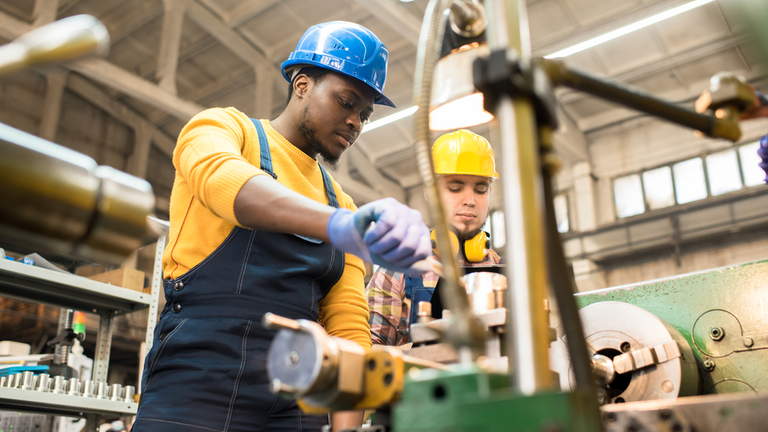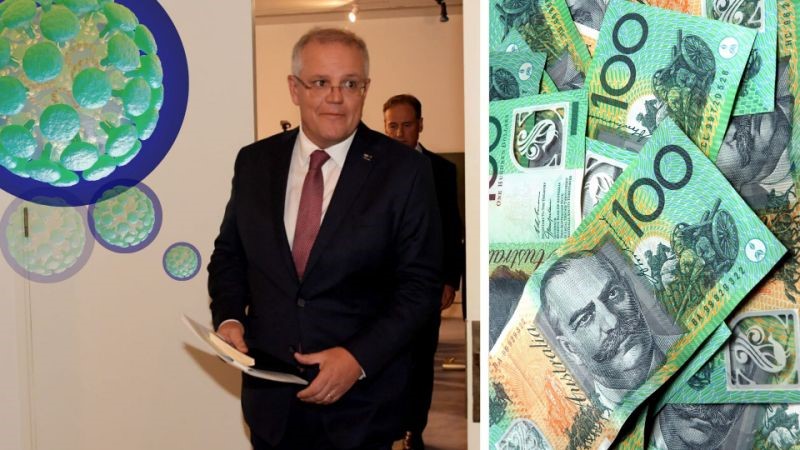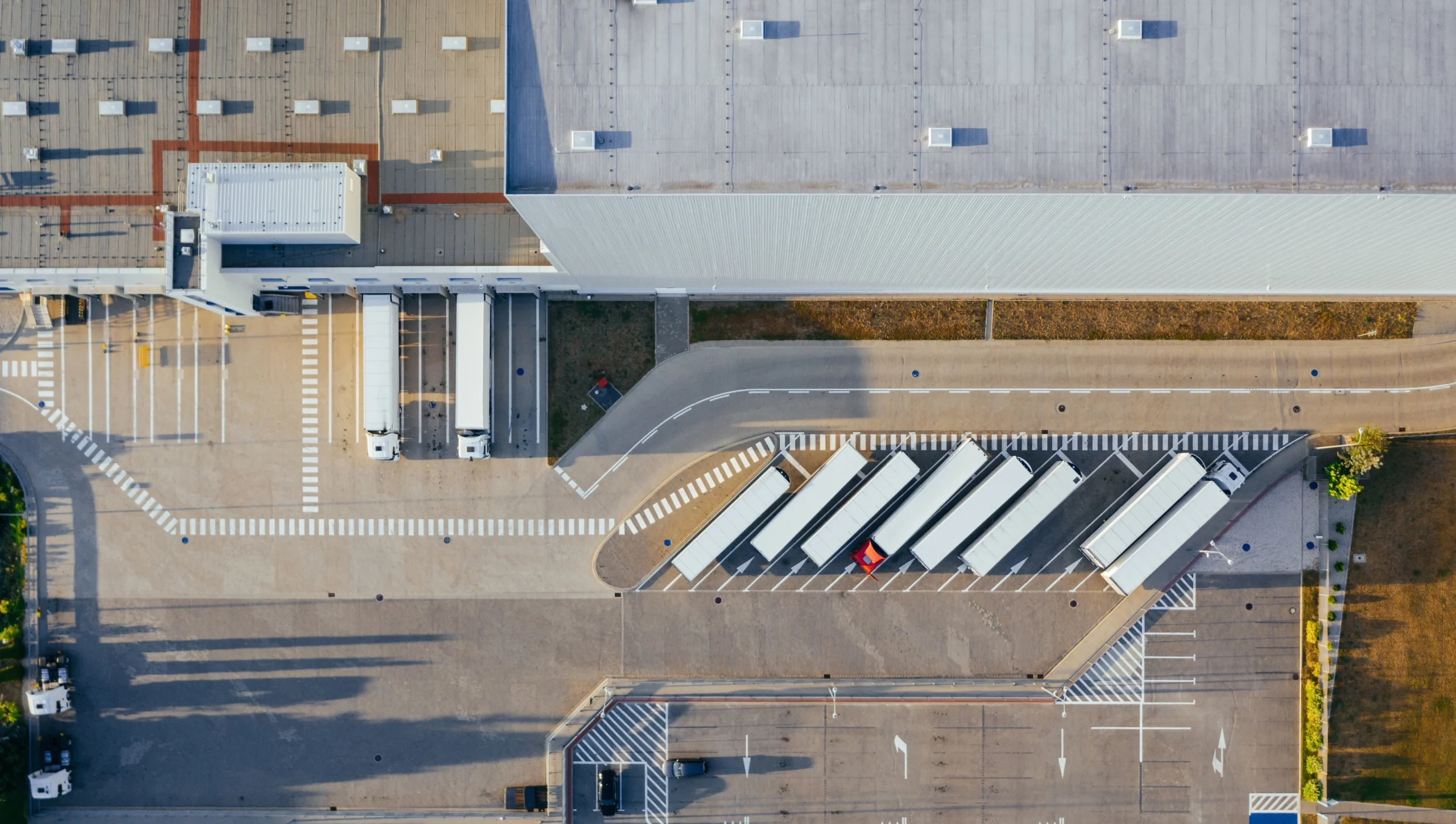Covid-19 restrictions in Australia and everywhere, disrupted supply chains, and it forced governments across the globe to reflect on self-sustenance; Australia was not an exception to this. The Australian Government has since been talking about protecting ‘economic sovereignty.’ To this end, federal and state governments have announced aid packages and fast-tracked policy changes that will help the Australian manufacturing sector to grow.
The Australian manufacturing sector contributed around 30% to the GDP during the 1960s, but since then, this has declined to around 6% today, as most of the manufacturing jobs were outsourced elsewhere. Now the coronavirus pandemic has once again brought the Australian manufacturing sector into the spotlight.
The Federal Government has now formed a manufacturing task force, under the leadership of Nev Power, to draft a plan for recovering and bolstering the Australian manufacturing sector. Though support for reviving local manufacturer capacity has gained tremendous support, analysts caution that the Government might come with a ‘targeted industry strategy’ that would focus on sectors in which Australia has a comparative advantage.
But before we dive into the measures that the Government has taken to revive the manufacturing industry let’s take a look at what happened in the manufacturing sector since the pandemic landed on our shores:
- The majority of the population was in self-isolation and most businesses were temporarily closed operating until the middle of May. This affected demand for goods and services to be reduced, and around 41% – i.e., two in five businesses – did not have the ability to pay operating expenses.
- To stop the situation from getting worse, the Federal Government announced a “Coronavirus stimulus package” to encourage spending and keep businesses growing. With business being a significant part of the stimulus, the package assisted in restoring the faith of business owners to retain staff and invest in stock.
- The stimulus package supported businesses to manage their short-term cash flow challenges. Additionally, it also provided support to individuals to ensure the continued flow of money into the Australian economy. Furthermore, it assisted in maintaining connections between employers and employees during this challenging period.
How are the stimulus package and the Government’s pro-Australian business policy assisting the manufacturing sector to revive?

Backing Business Investment:
The Government is introducing a 15-month (till 30th June 2021) investment incentive to support businesses, by accelerating depreciating deductions. Its short term assistance from Government to maintain the investment and economic growth of all sectors.
The depreciation rules will now allow a business to reduce its asset installation by 50%, but the businesses need to have less than $500 million in turnover to be able to benefit from this new rule.
These significant steps from Government will support over 99% of the business employing more than 9.7 million employees.
Boosting Cash Flow For Employers:
The Government has decided to provide temporary cash-flow support for medium and small business, including not for profit (NFP) organisations.
A tax-free cash flow between $20,000 to $100,000 will be delivered through credits once the business lodges its activity statement. Only small and medium business with an annual turnover of under $50 million will be eligible for this benefit.
The cash flow boosts will be delivered in two sets, for the detail description you can check the post by treasury.gov.au regarding Economic response to the coronavirus.
Increasing The Instant Asset Write-Off:
Another response of the Government for businesses is, increasing the instant asset write-off threshold until 30th June 2020 from $30,000 to $150,000. The eligible criteria for this benefit are that the business needs to have an annual turnover greater than $50 Million, but less than $500 million. It is expected that the majority of the businesses in Australia will benefit from this.
Supporting Apprentices And Trainees:
It’s a great relief for small businesses that the Government is supporting them to retain their trainees and apprentices. Now the employers can apply for a wage subsidy up to 50 percent of a trainee’s wage for nine months from January 1st, 2020 to September 30th, 2020.
Employers will be funded up to a maximum of $21,000 ($7,000 per quarter) per eligible trainee or apprentice.
These are several of the measures taken by the Australian Government to help businesses and individuals to tackle the impact of coronavirus, you can find the details here.
Overall, these steps from the Government are most likely to boost commercial confidence through investment spending, which will in turn help to ignite our manufacturing sectors.





